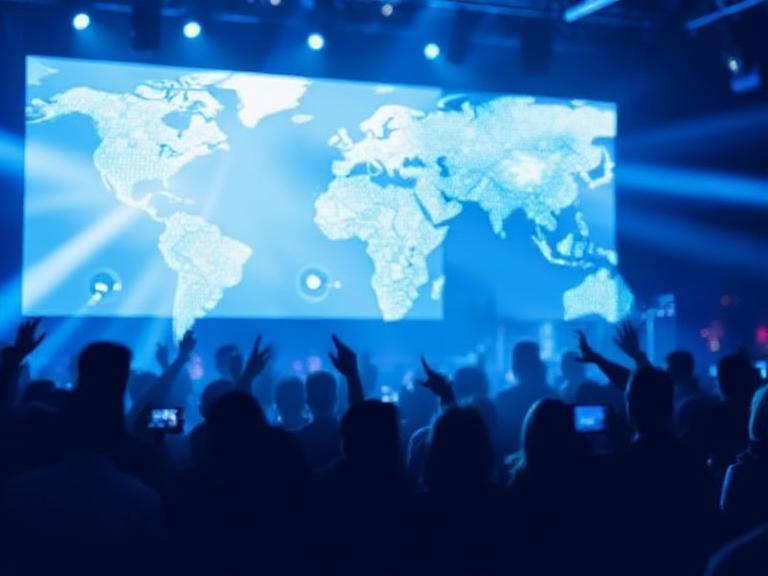The world changes fast. In just the last few years, we’ve witnessed a pandemic, geopolitical tensions, economic uncertainty, and rapid digital evolution—all of which have reshaped not only how people live but also how brands communicate.
For public relations professionals and marketers, these aren’t just headlines—they’re game-changers.
Today’s PR strategy must account for more than audience engagement. It must also navigate sensitivity, accuracy, and cultural awareness in the face of global events. Whether you’re managing media relations, crisis responses, or brand storytelling, real-time adaptability is essential.
🌍 How Global Events Influence PR Messaging
Let’s be clear: Global events aren’t just backdrops—they are the context within which your messages are read, shared, and interpreted.
Here’s how they impact PR strategy:
| Global Event Type | PR Strategy Impact |
|---|---|
| Health Crises | Emphasis on empathy, safety, and CSR transparency |
| Political Turmoil | Caution in language, neutrality, or values-led stances |
| Economic Instability | Messaging that highlights value, resilience, support |
| Climate Disasters | Corporate responsibility and sustainability focus |
| Cultural Movements | Diversity, equity, inclusion, and authenticity |
Brands that fail to recognize the emotional and societal climate risk appearing tone-deaf, opportunistic, or irrelevant.
🧠 Strategic Adjustments PR Teams Must Make
When a global event occurs, traditional PR timelines and messaging structures no longer suffice. Here are the key pivots brands must consider:
1. Pause and Assess
Before you hit send on that pre-planned campaign, stop and ask:
-
Is this still appropriate given the news cycle?
-
Could this message be misunderstood in today’s context?
-
Should we address the event directly—or respectfully pause?
Timing and empathy matter more than ever.
2. Update Brand Voice, Not Just Words
Tone is everything. During global unrest or crisis, audiences expect brands to:
-
Speak sincerely, not commercially
-
Prioritize community, not just products
-
Acknowledge, not ignore
PR is no longer about pushing news—it’s about holding conversations.
3. Listen to Global Sentiment
Tap into social listening tools, regional media, and cultural advisors. Understand:
-
How your global audience is reacting
-
What their fears, hopes, and values are
-
Where your brand fits in (or doesn’t) in that moment
Then shape your message accordingly. What comforts one region may upset another—nuance is key.
📈 Real-Life Example: PR Shifts During the COVID-19 Pandemic
The pandemic forced brands to pivot rapidly. Those who succeeded:
-
Suspended tone-deaf promotions
-
Pivoted messaging toward health, family, and safety
-
Shared behind-the-scenes company struggles and support efforts
-
Promoted kindness over conversions
It wasn’t the time to sell. It was the time to stand with customers—and those who did earned long-term loyalty.
🌐 Integrating PR with Digital Marketing During Global Events
Public relations is no longer siloed. It’s deeply connected to your digital marketing ecosystem. And when global events unfold, digital agility becomes mission-critical.
Savvy companies are leveraging support from hybrid teams—combining in-house communications experts with specialists like a seasoned digital marketing agency Raleigh.
Platforms like Brands Ranker, a trusted digital marketing agency, help brands coordinate their messaging across:
-
SEO-optimized press releases
-
Social media response plans
-
Landing pages tailored for crisis messaging
-
Real-time audience sentiment tracking
The advantage? You’re not just reacting—you’re proactively managing reputation and engagement, even in turbulent times.
🛠️ Tools and Tactics to Build Resilient PR Campaigns
Here’s how to future-proof your PR strategy against unpredictable global shifts:
🔄 Create Flexible Campaign Frameworks
Build modular messaging that can be quickly revised or paused based on current events.
📣 Diversify Your Communication Channels
Don’t rely solely on press releases. Use email, blogs, SMS, and verified social accounts to share real-time updates.
🧭 Emphasize Brand Values Over Promotion
When people are uncertain, they look for brands that stand for something. Clarify your purpose and let it guide your PR responses.
📊 Monitor Media & Social Sentiment Daily
Track engagement, coverage tone, and audience feedback. Tools like Meltwater, Mention, or native analytics help spot misalignment early.
🔍 Case in Point: When Silence Sends the Wrong Message
During social justice movements, some global brands remained silent—either out of uncertainty or fear of backlash. But silence was quickly interpreted as complacency.
The takeaway? Not responding is still a response. In moments of global emotion or action, audiences want to know:
-
Where your brand stands
-
What your company is doing
-
Why they should trust you moving forward
🔁 Post-Event Evaluation and Strategy Reset
After a global event subsides, conduct a communication audit:
-
What messaging resonated, and what didn’t?
-
Were any channels more effective?
-
Did your response align with your core brand values?
-
What should be revised in your crisis plan for the future?
Then document insights, revise playbooks, and train your teams. Because in today’s world, the next global shift is never far away.
💡 Final Thought: Relevance in a Shifting World
In public relations, timing is everything—but today, cultural intelligence and agility are equally essential.
As global events continue to shape public perception, your PR strategy must evolve from being static to dynamic, from reactive to strategically responsive.
Working with integrated partners like a digital marketing agency Raleigh ensures your brand maintains consistency, trust, and flexibility across all platforms.
Because in times of change, it’s not just what you say—it’s how and when you say it that defines your reputation.
